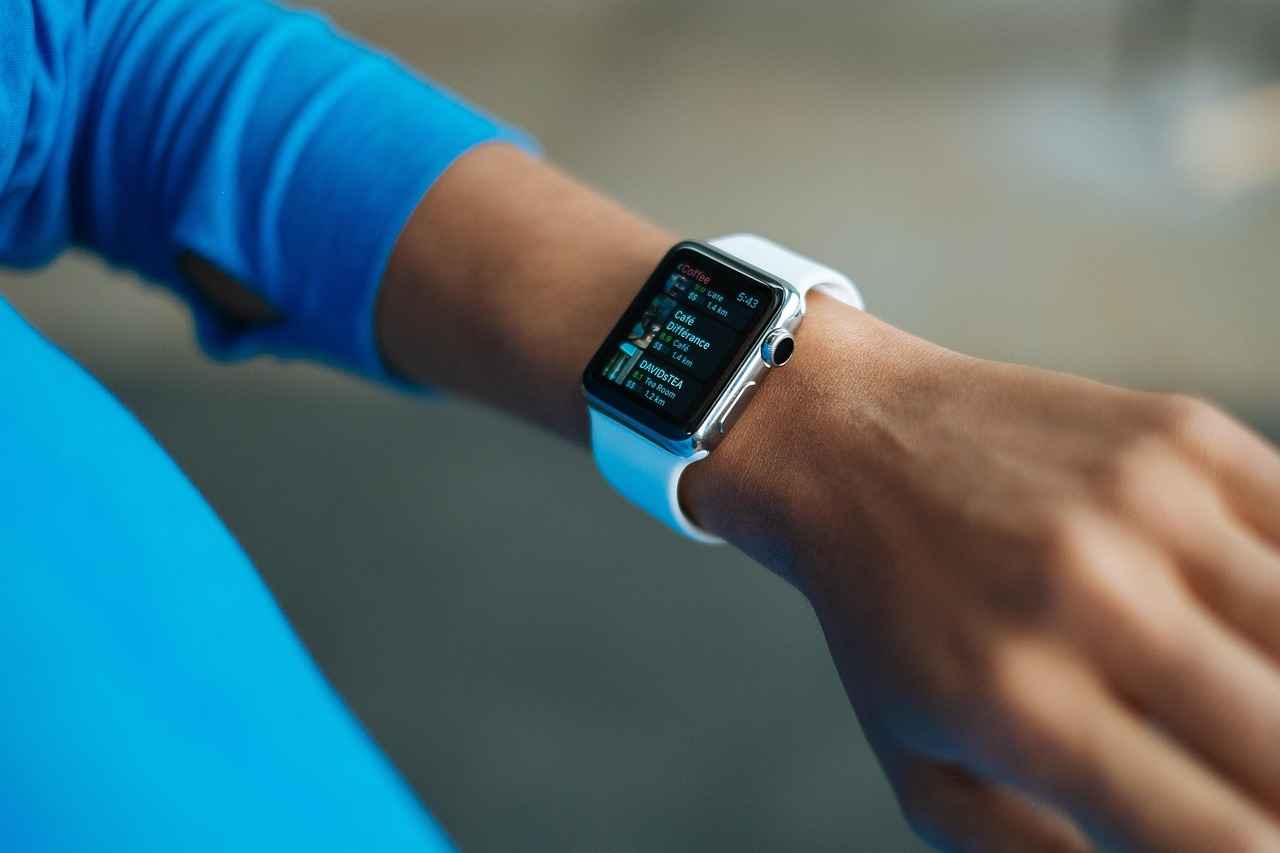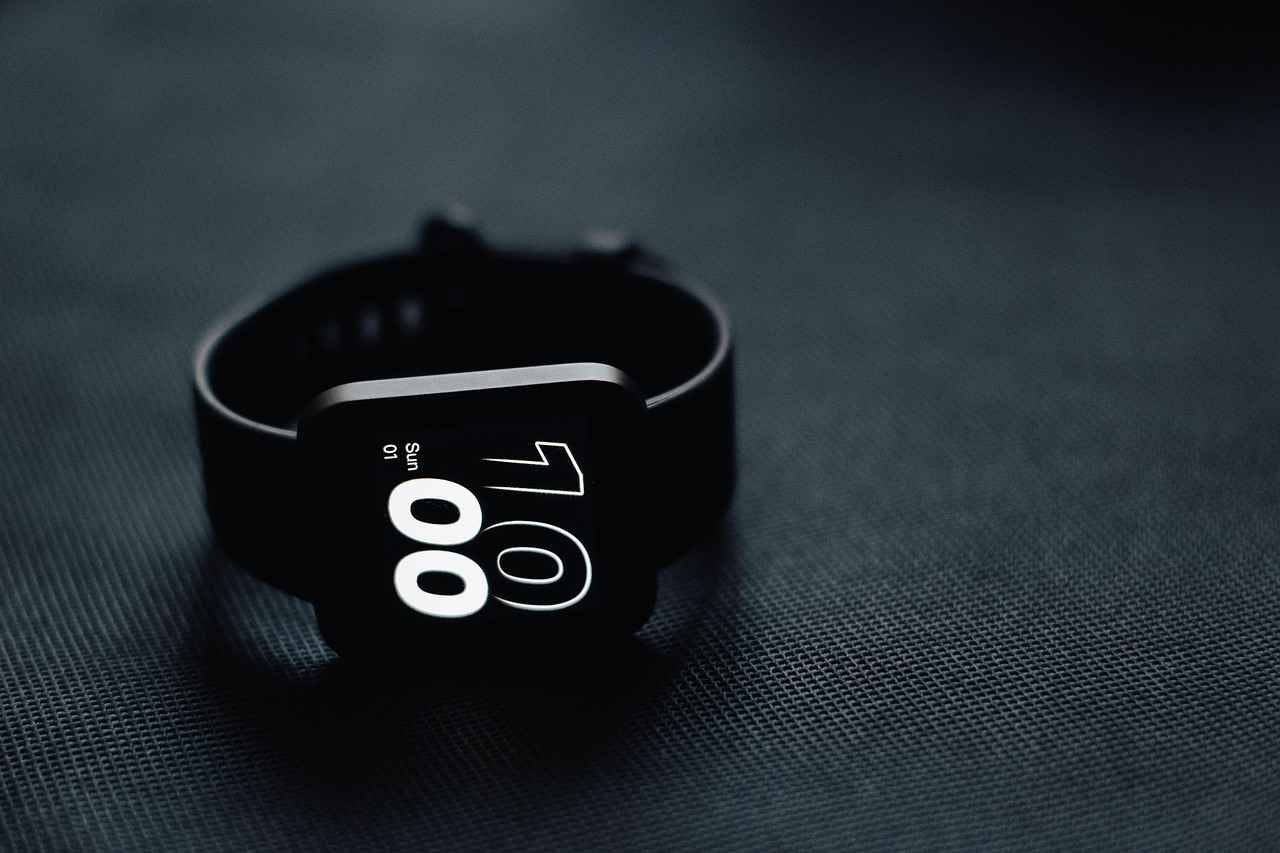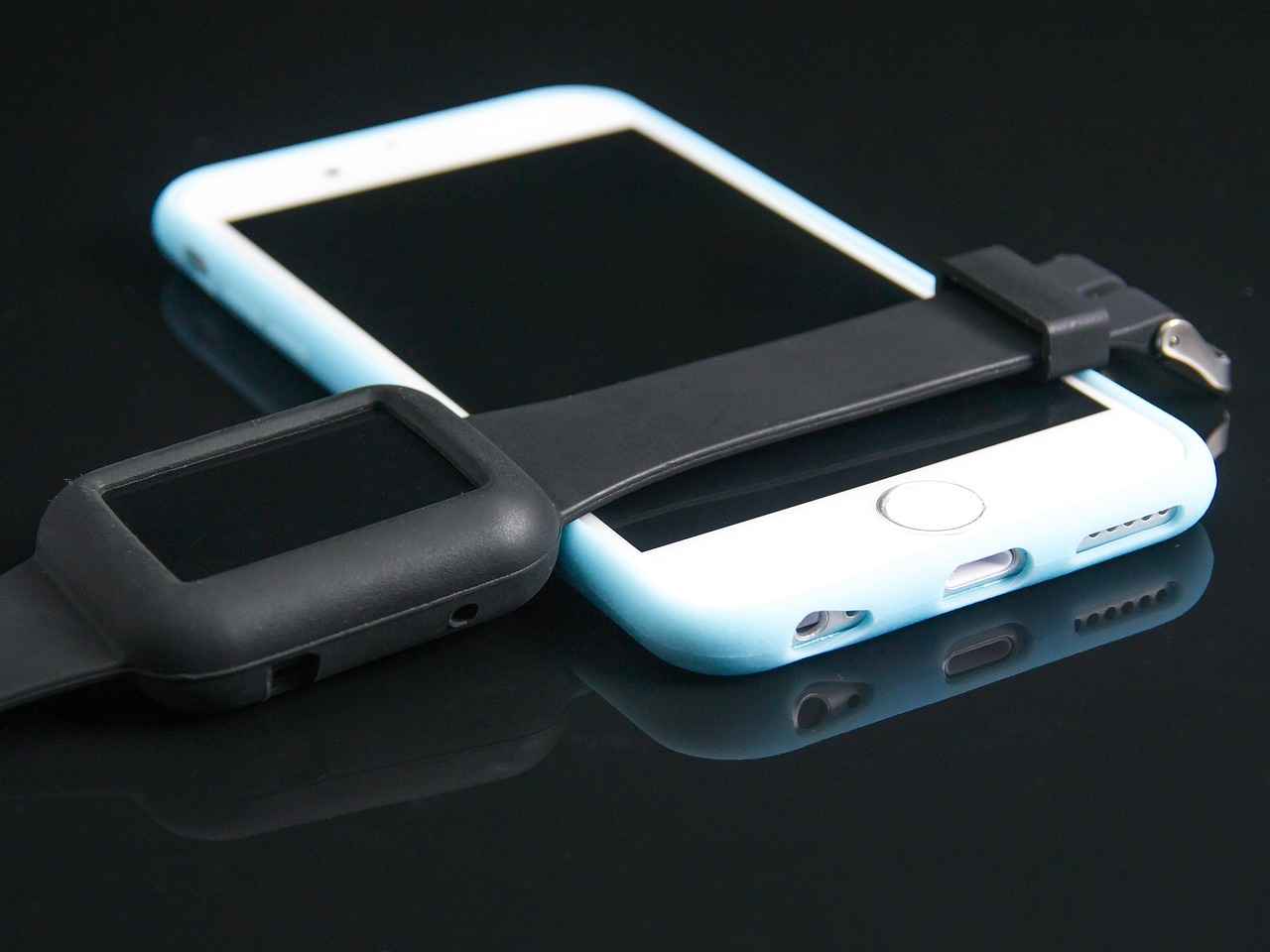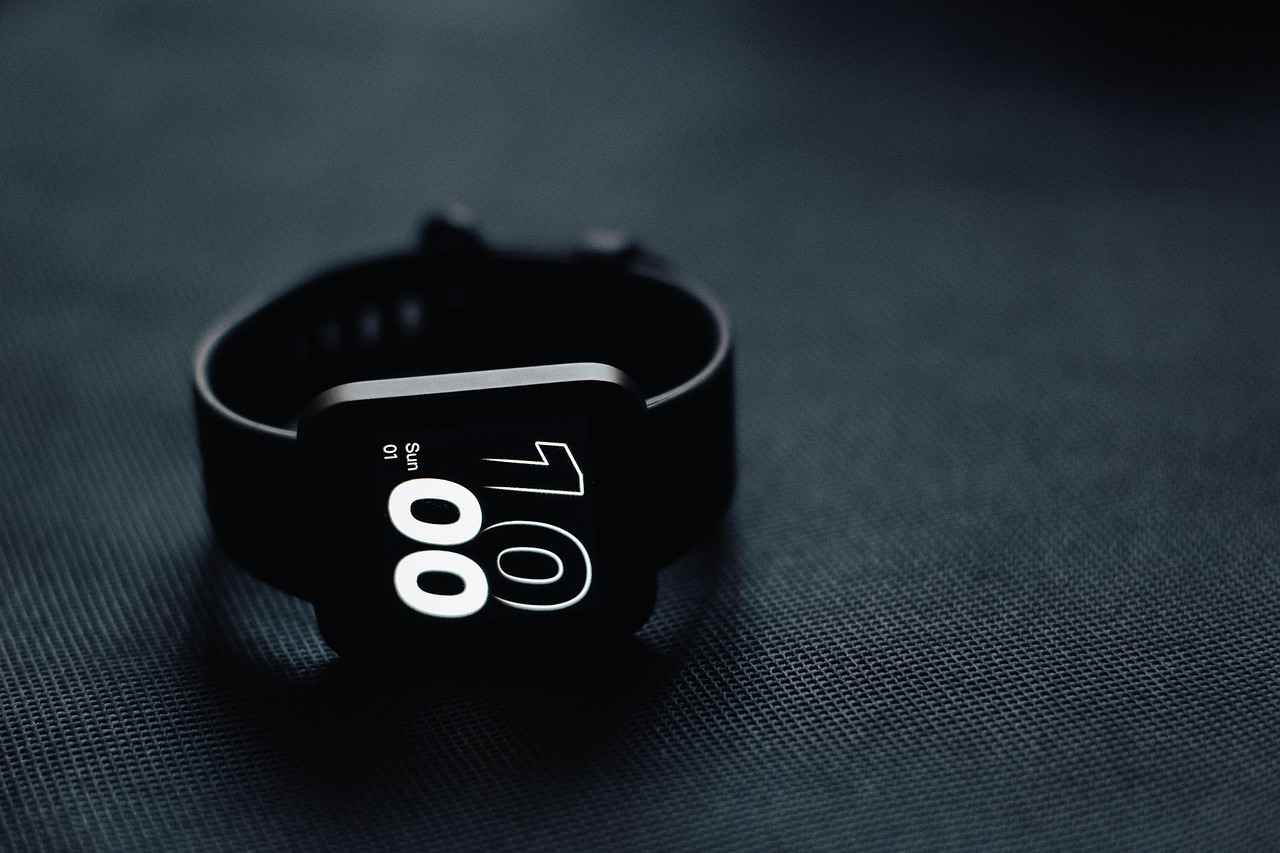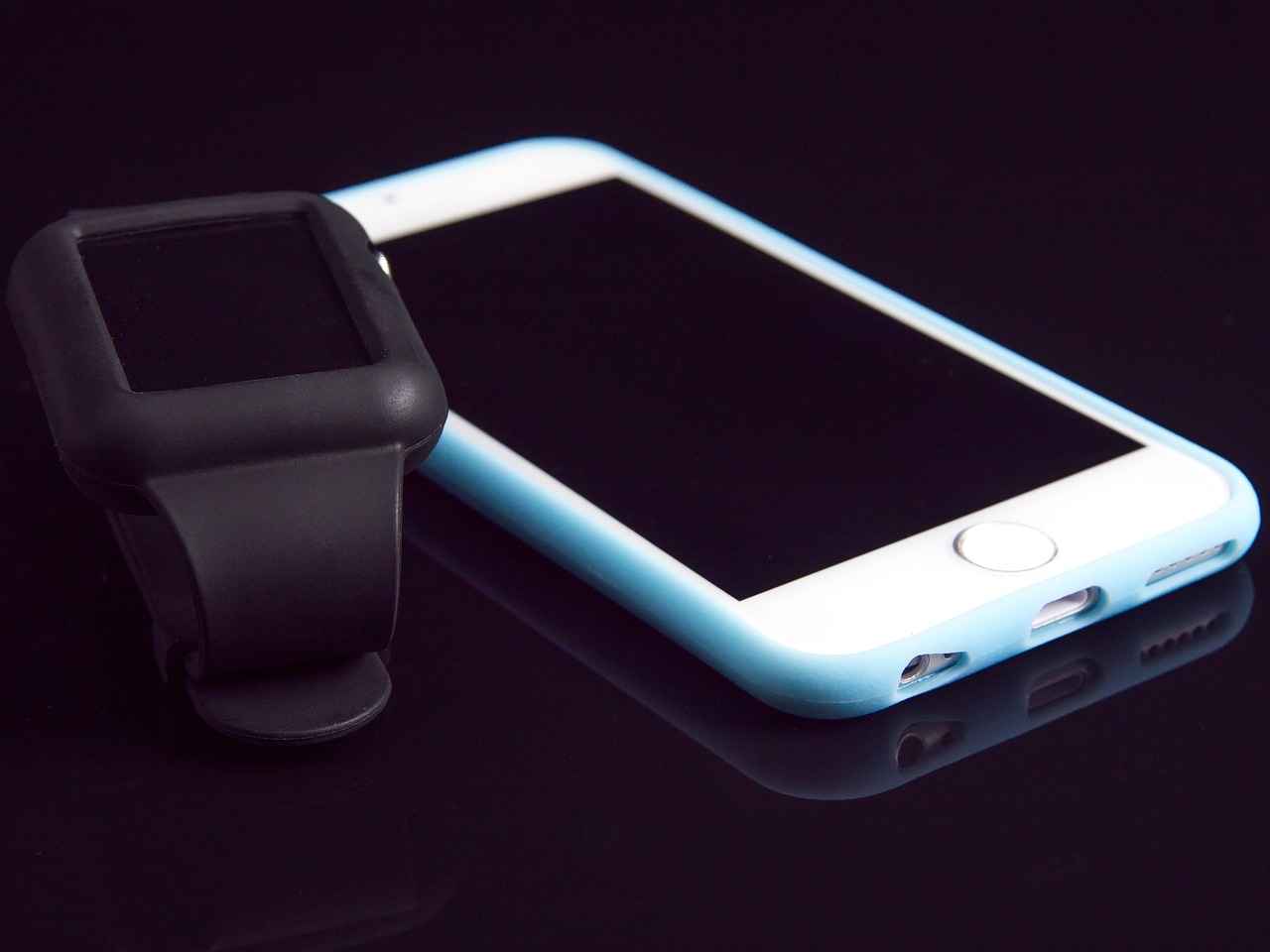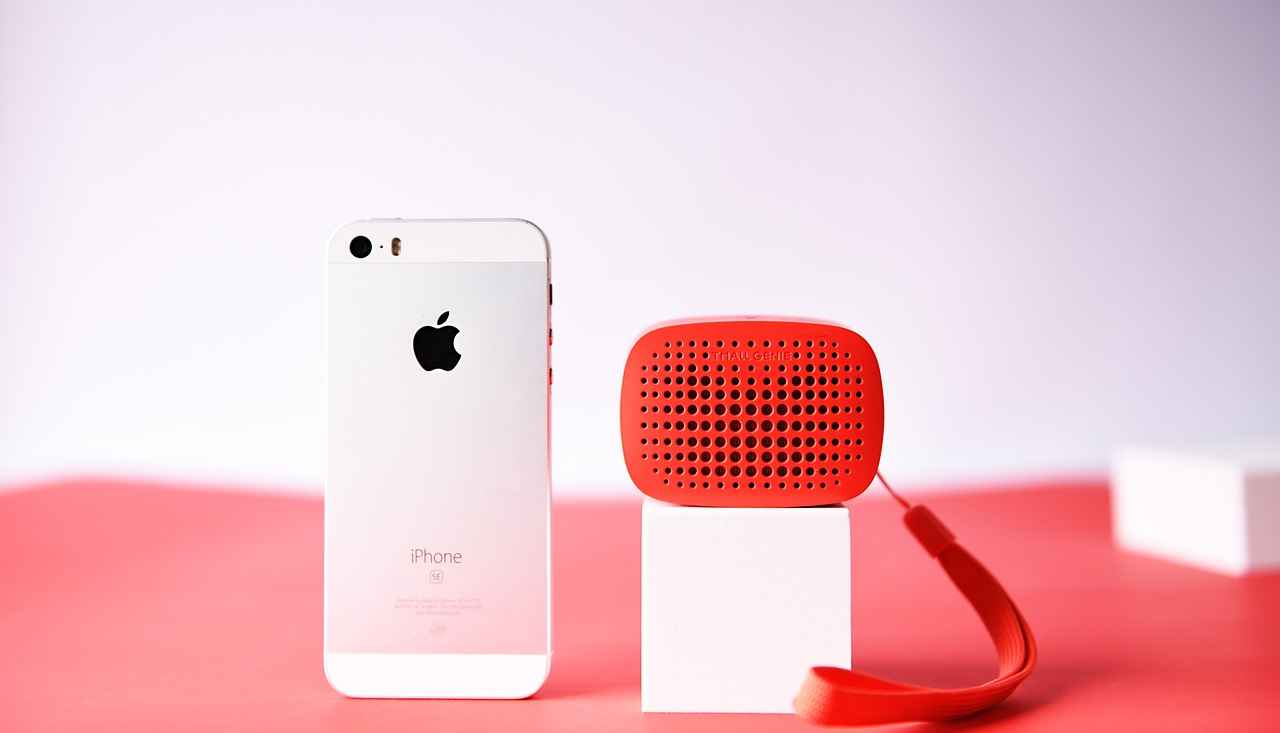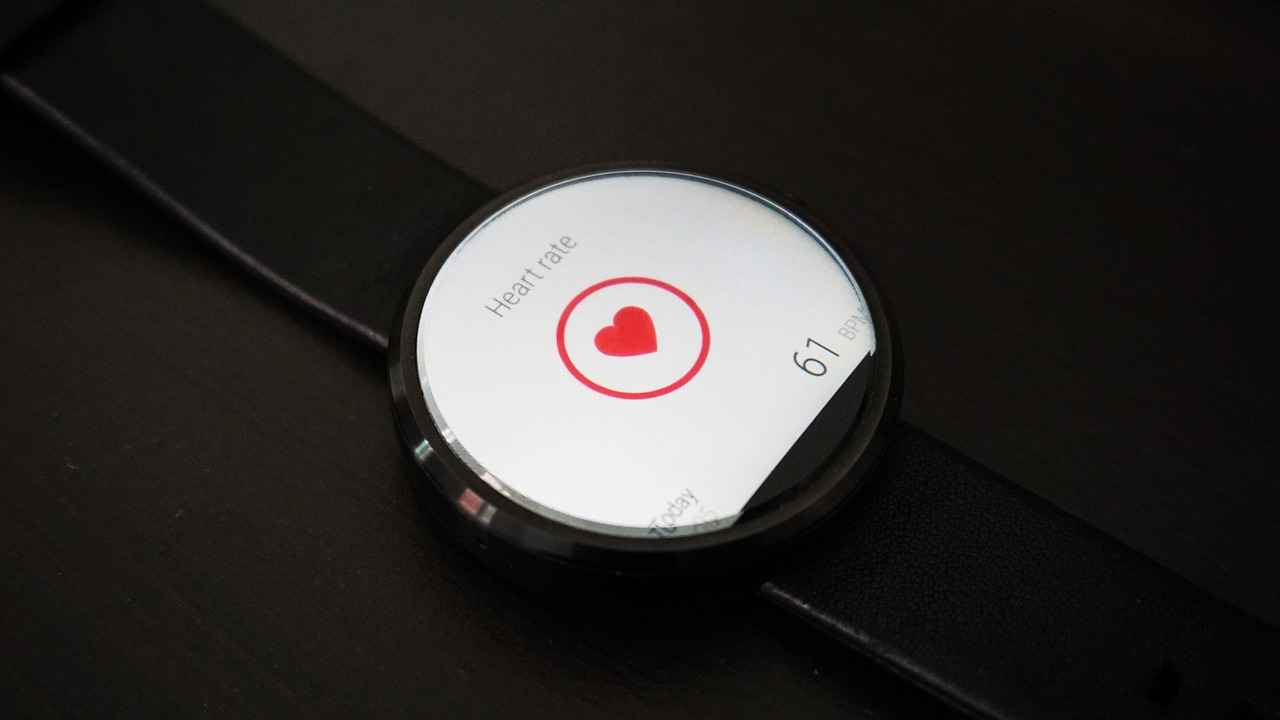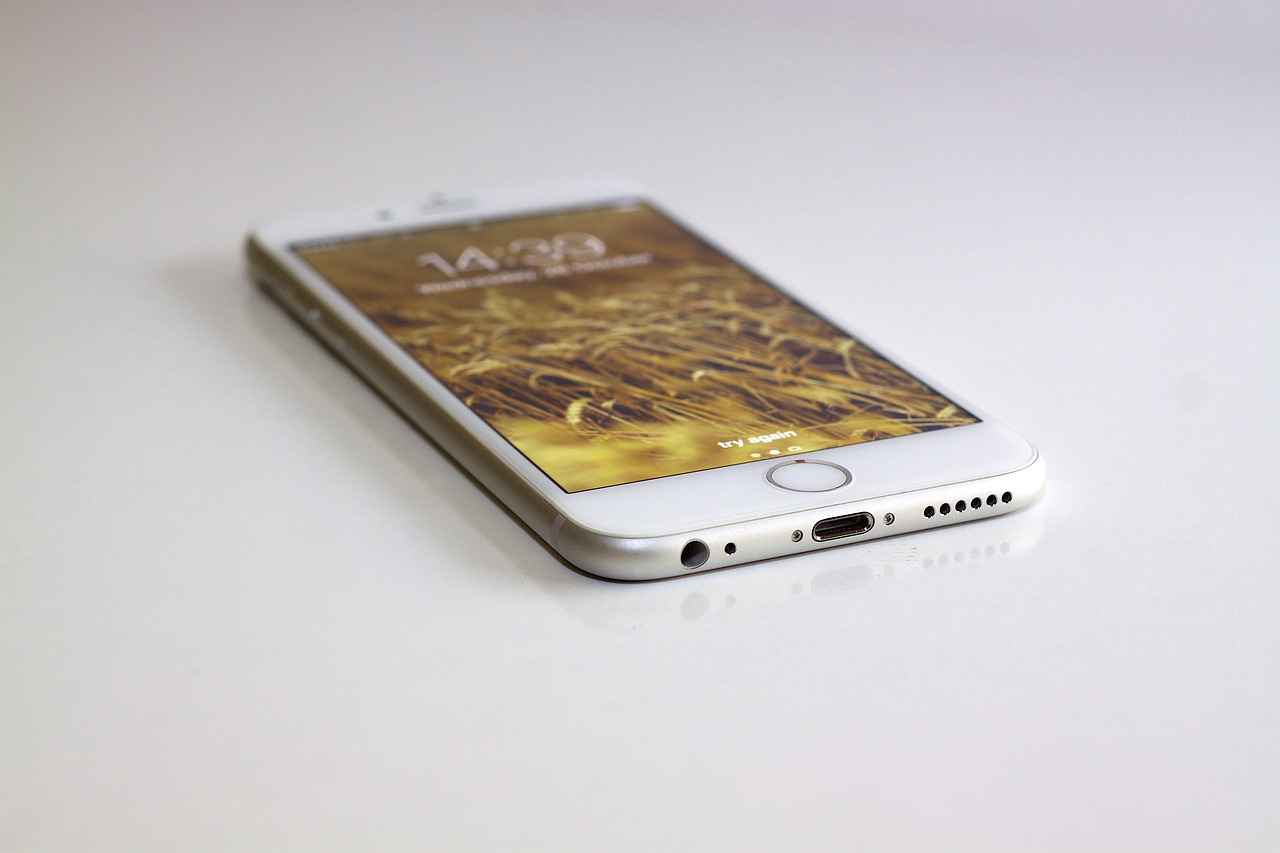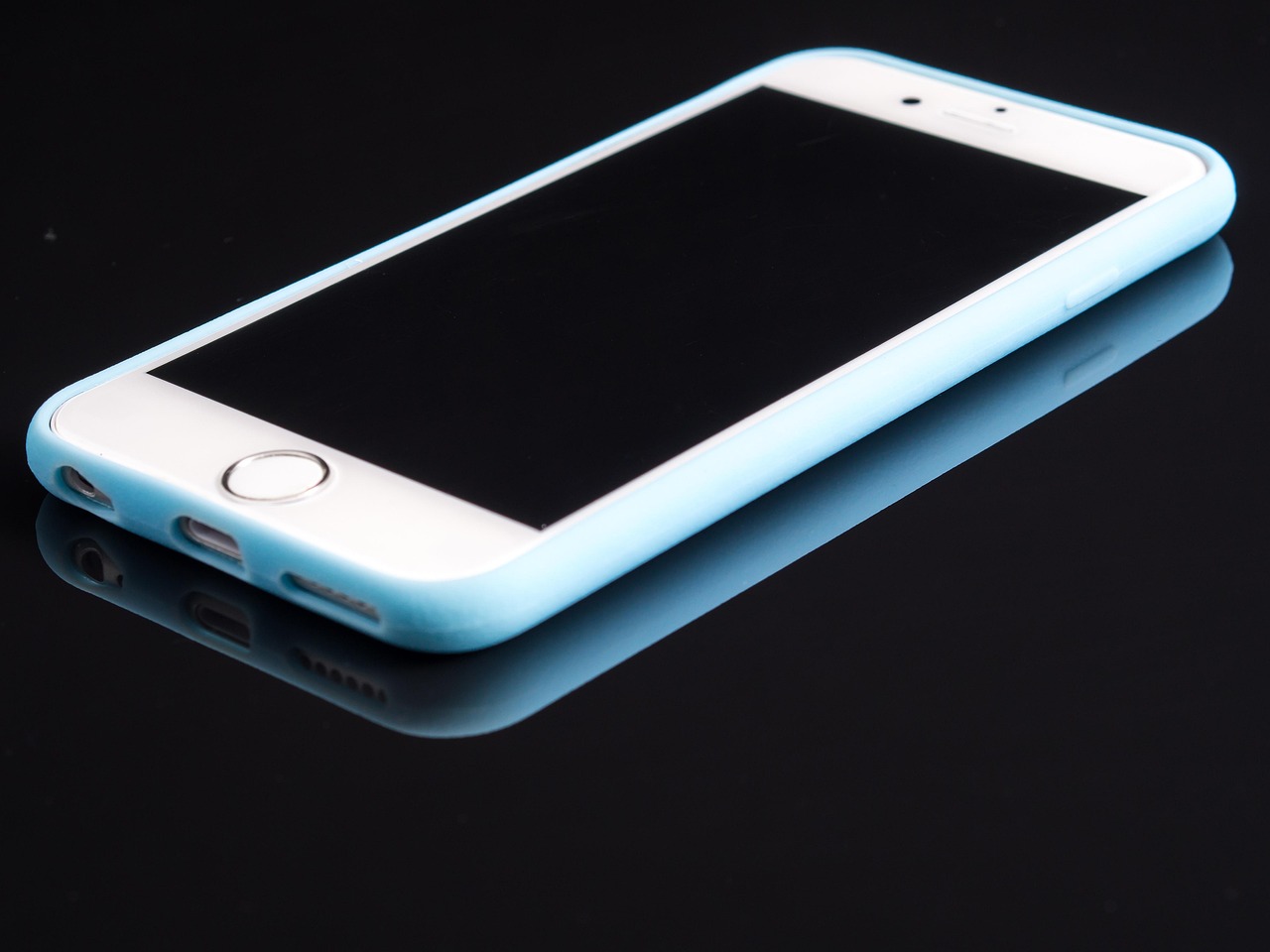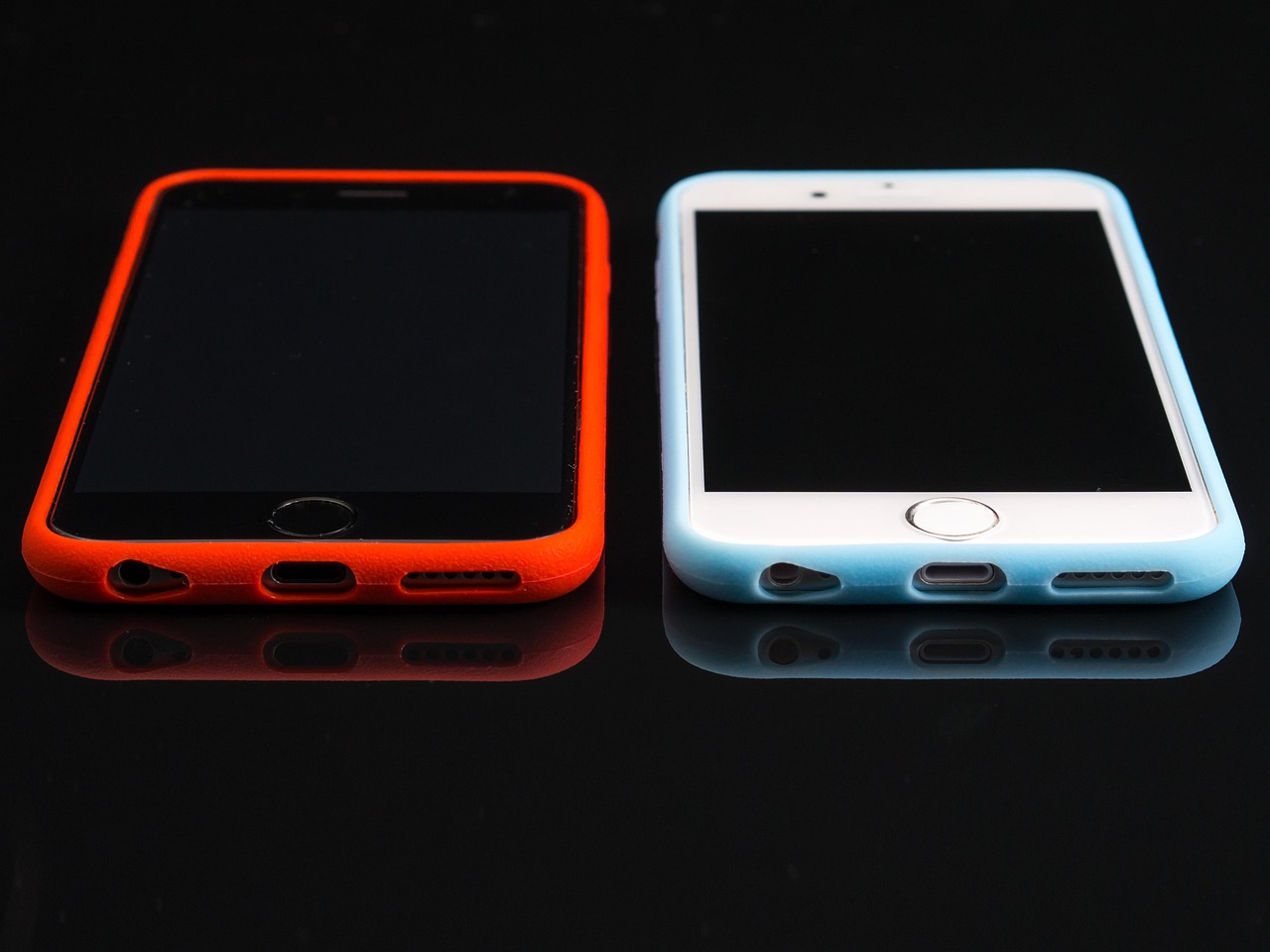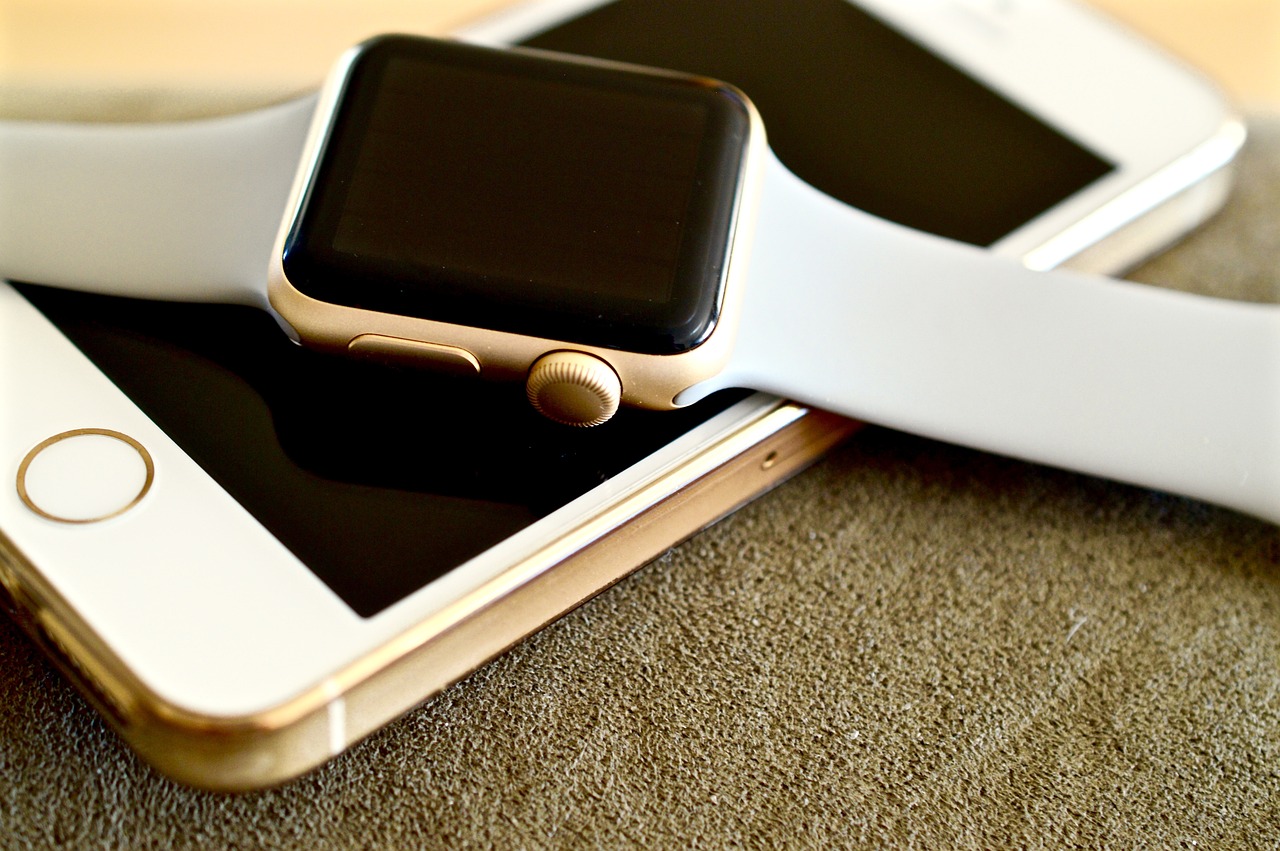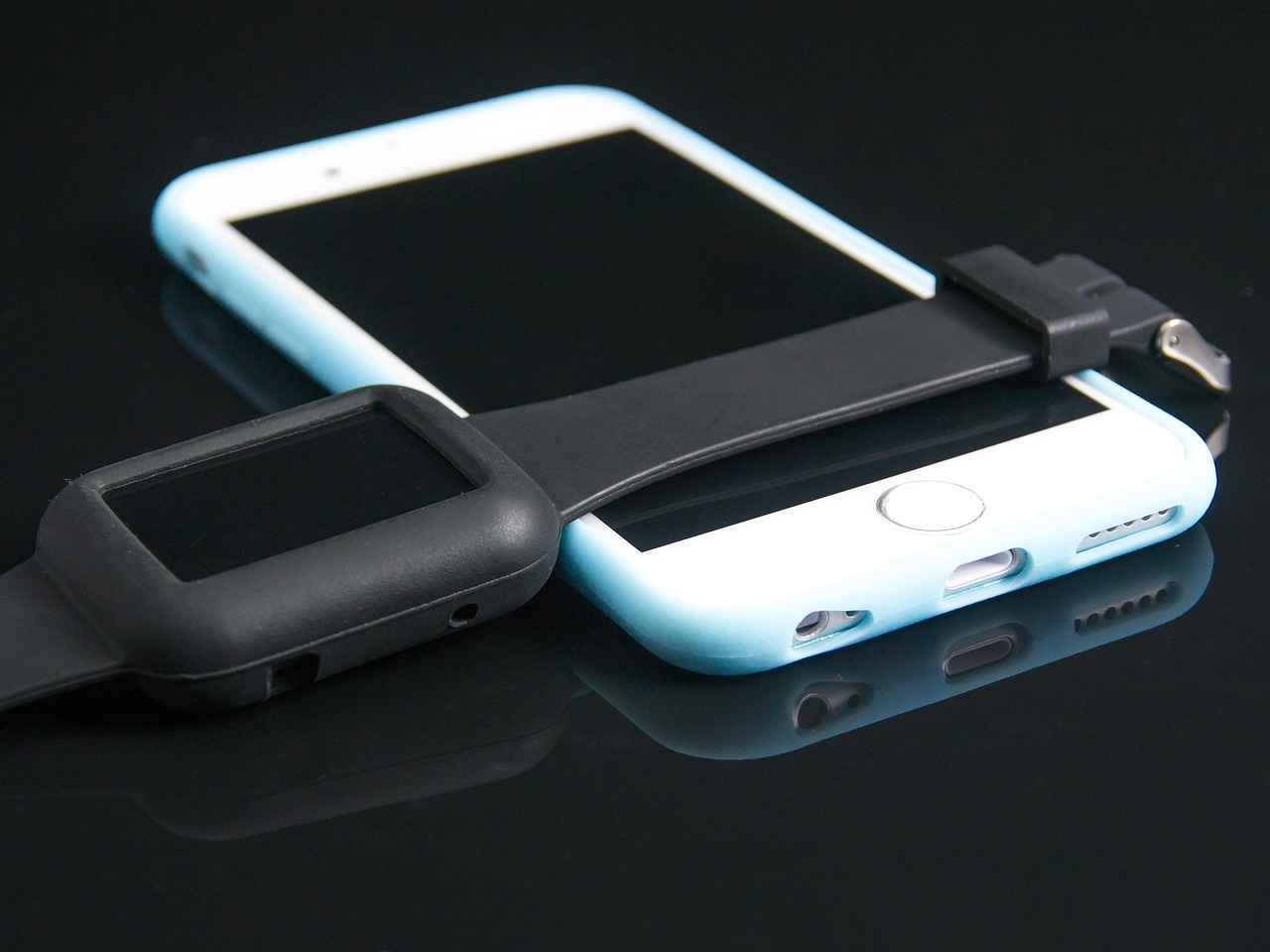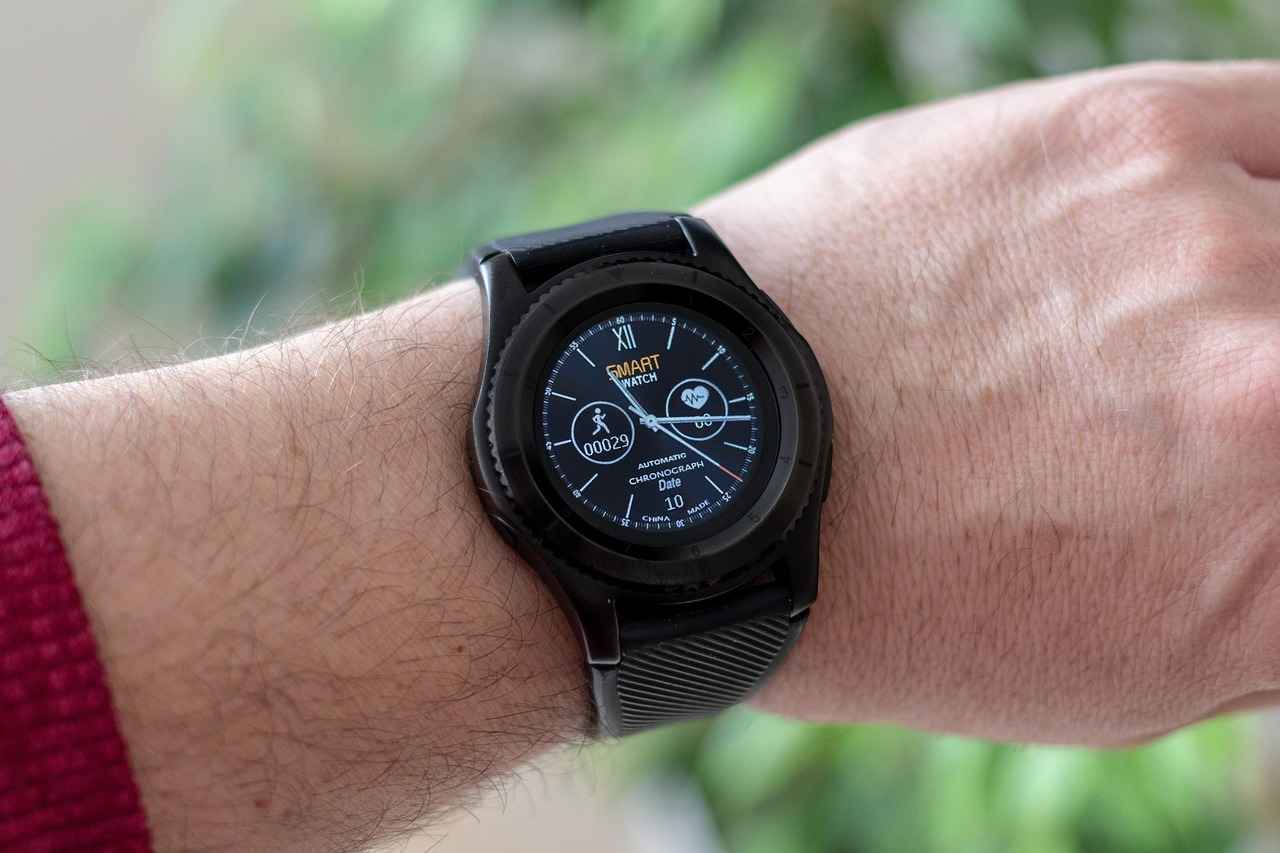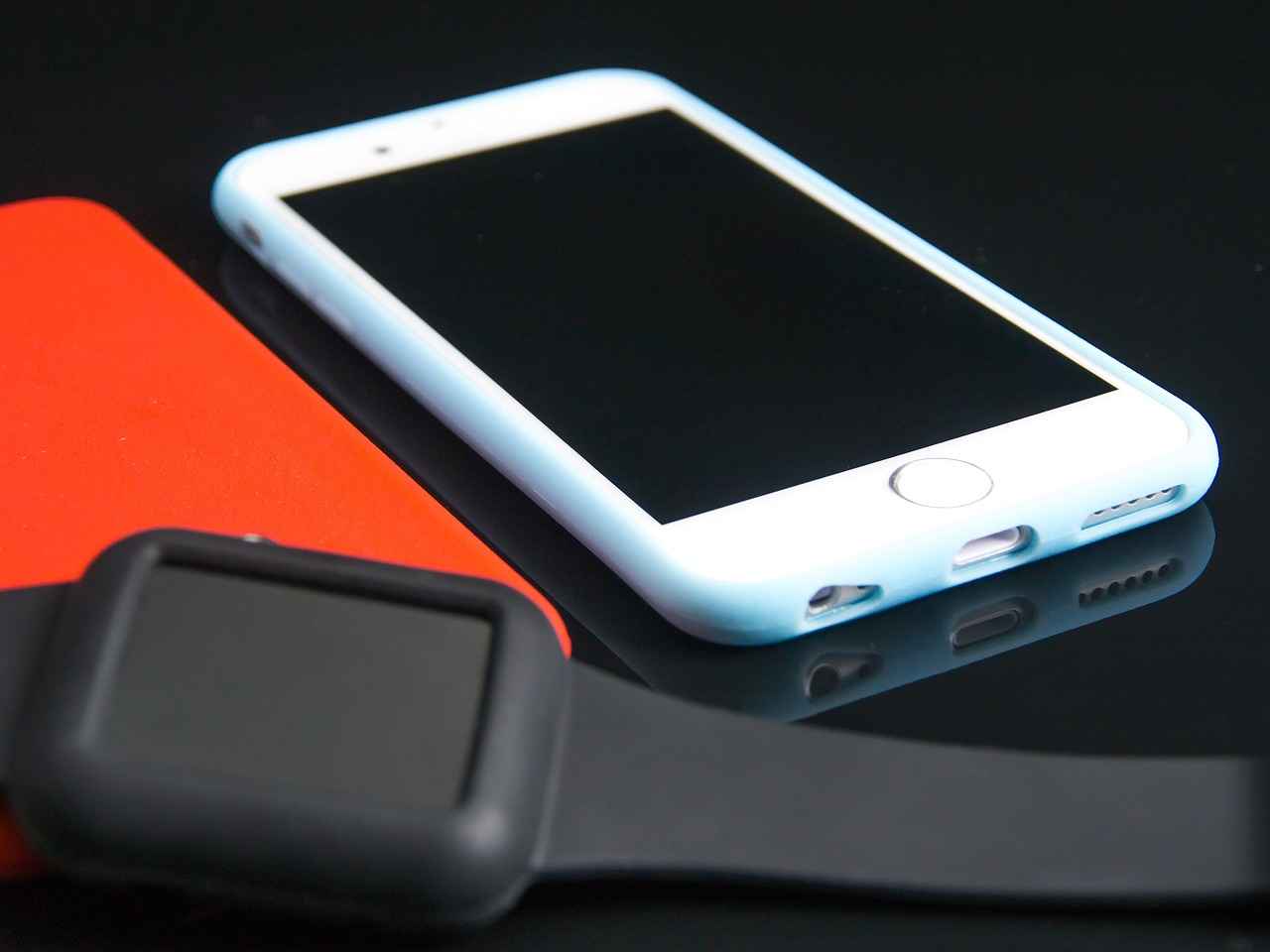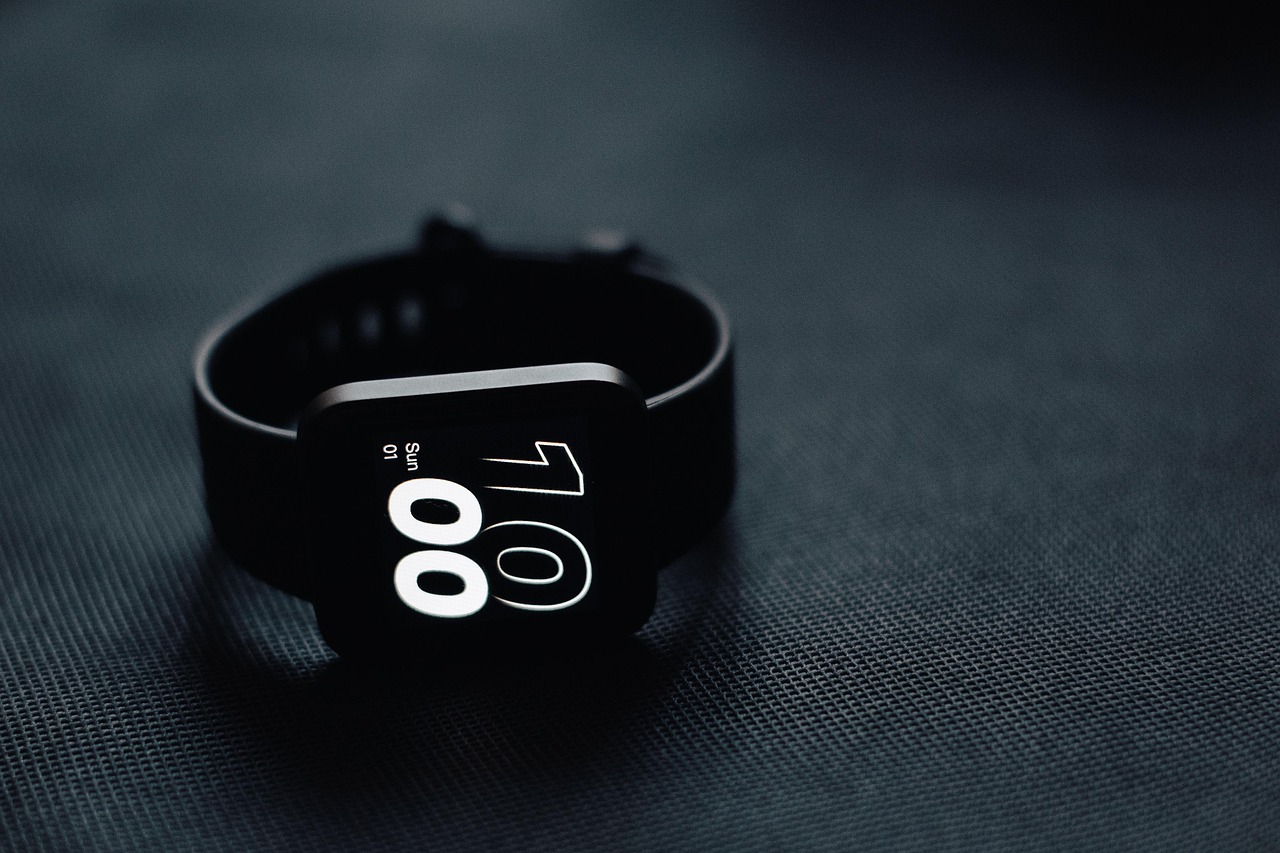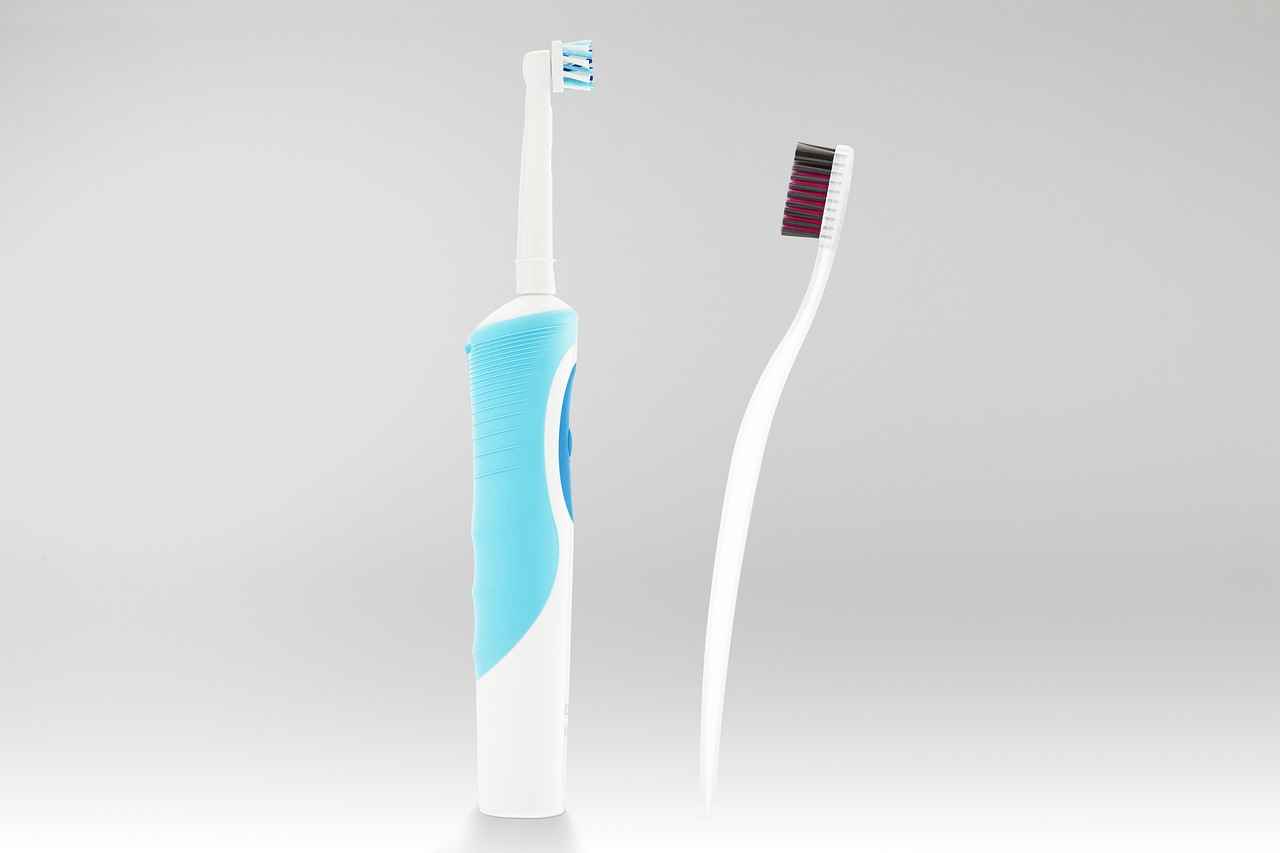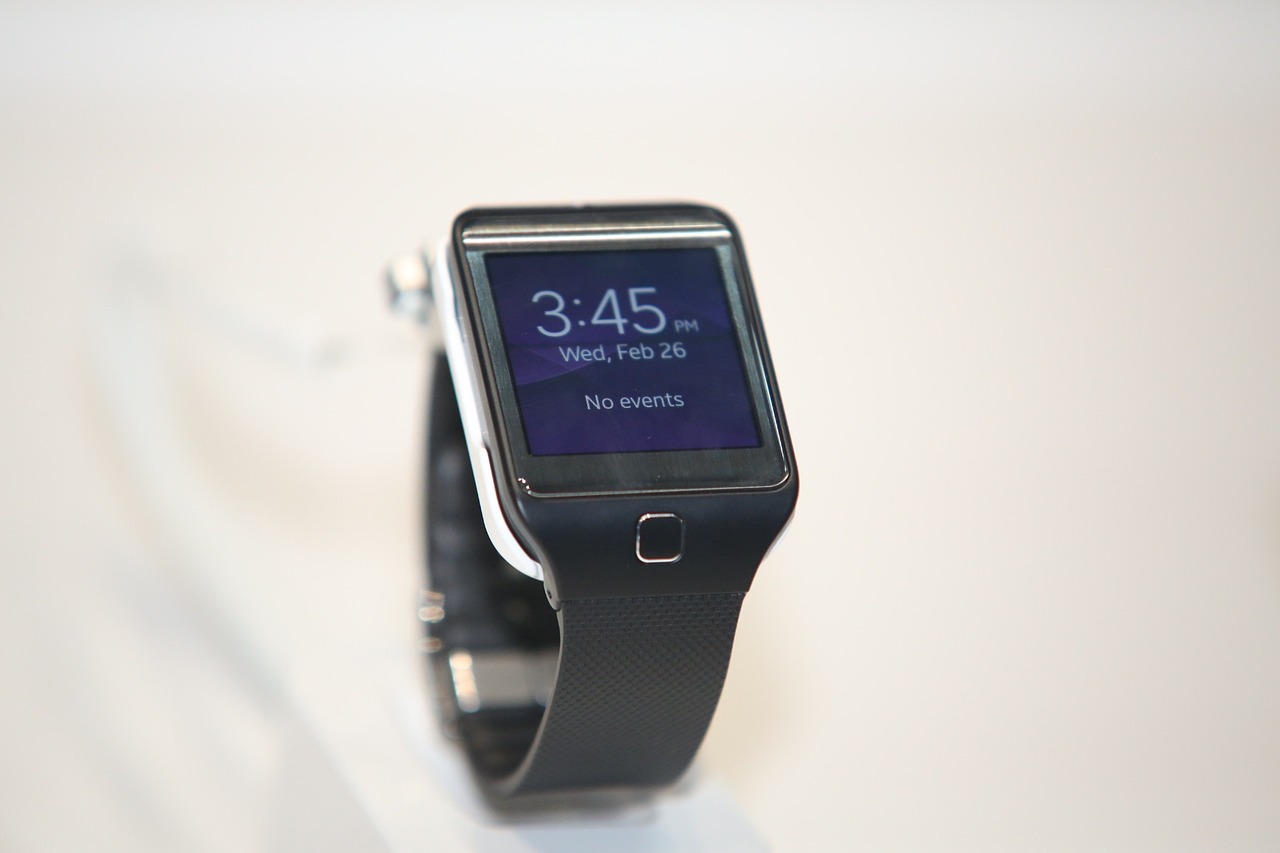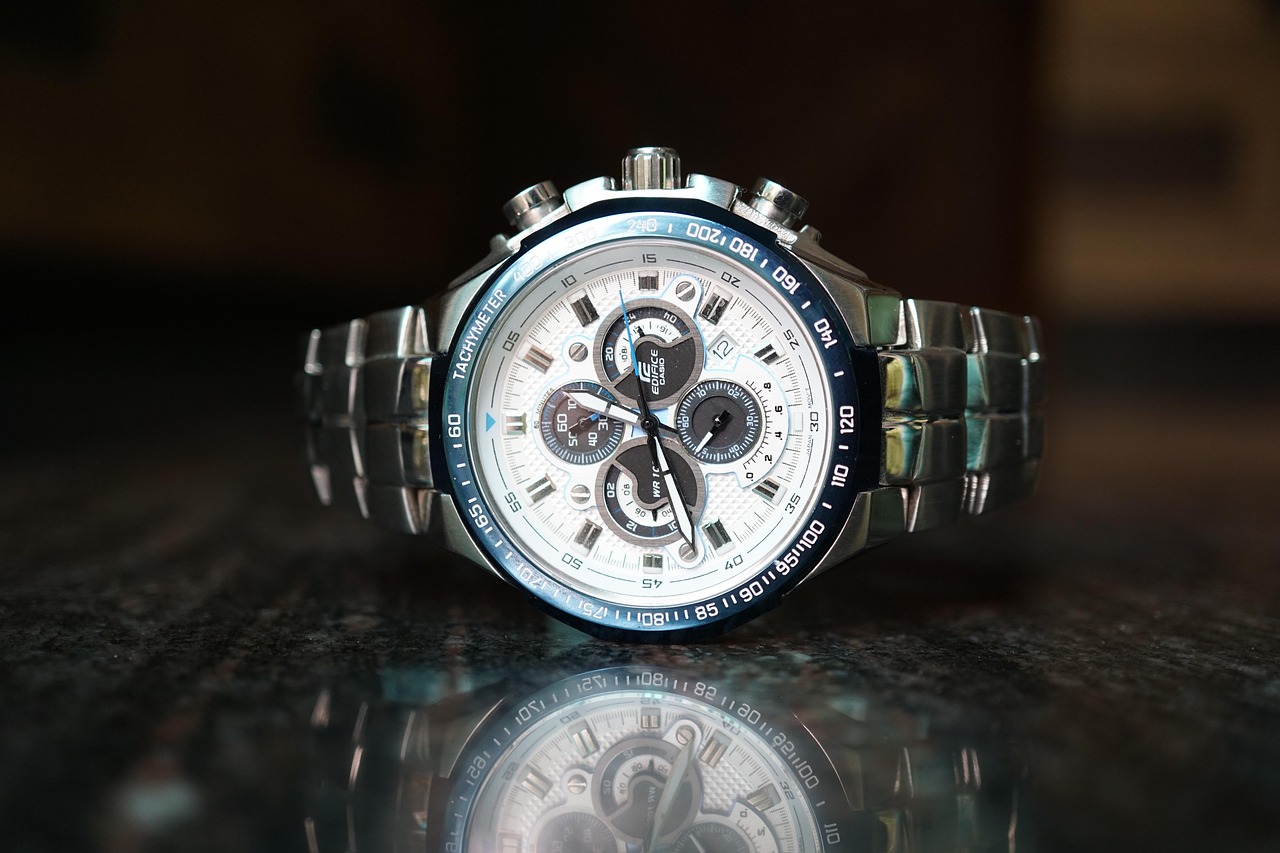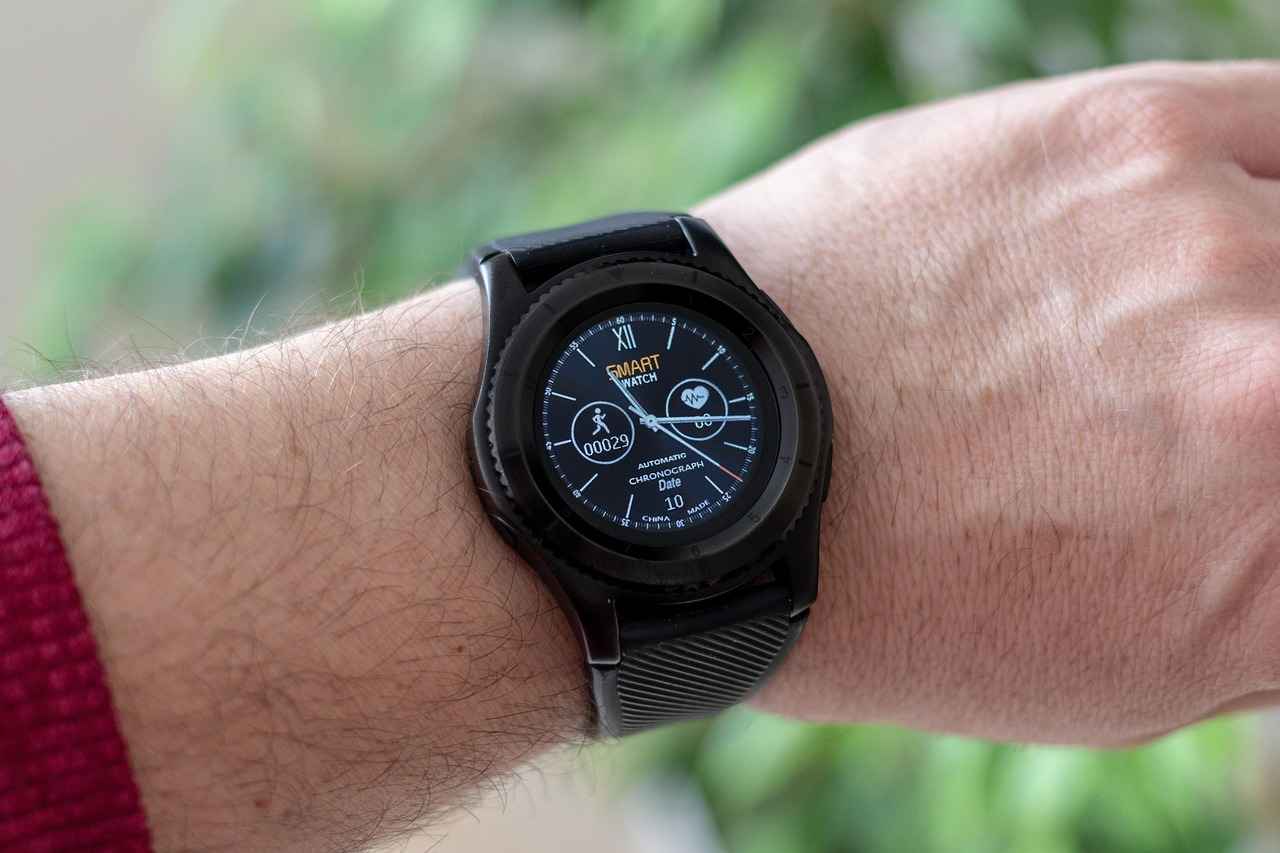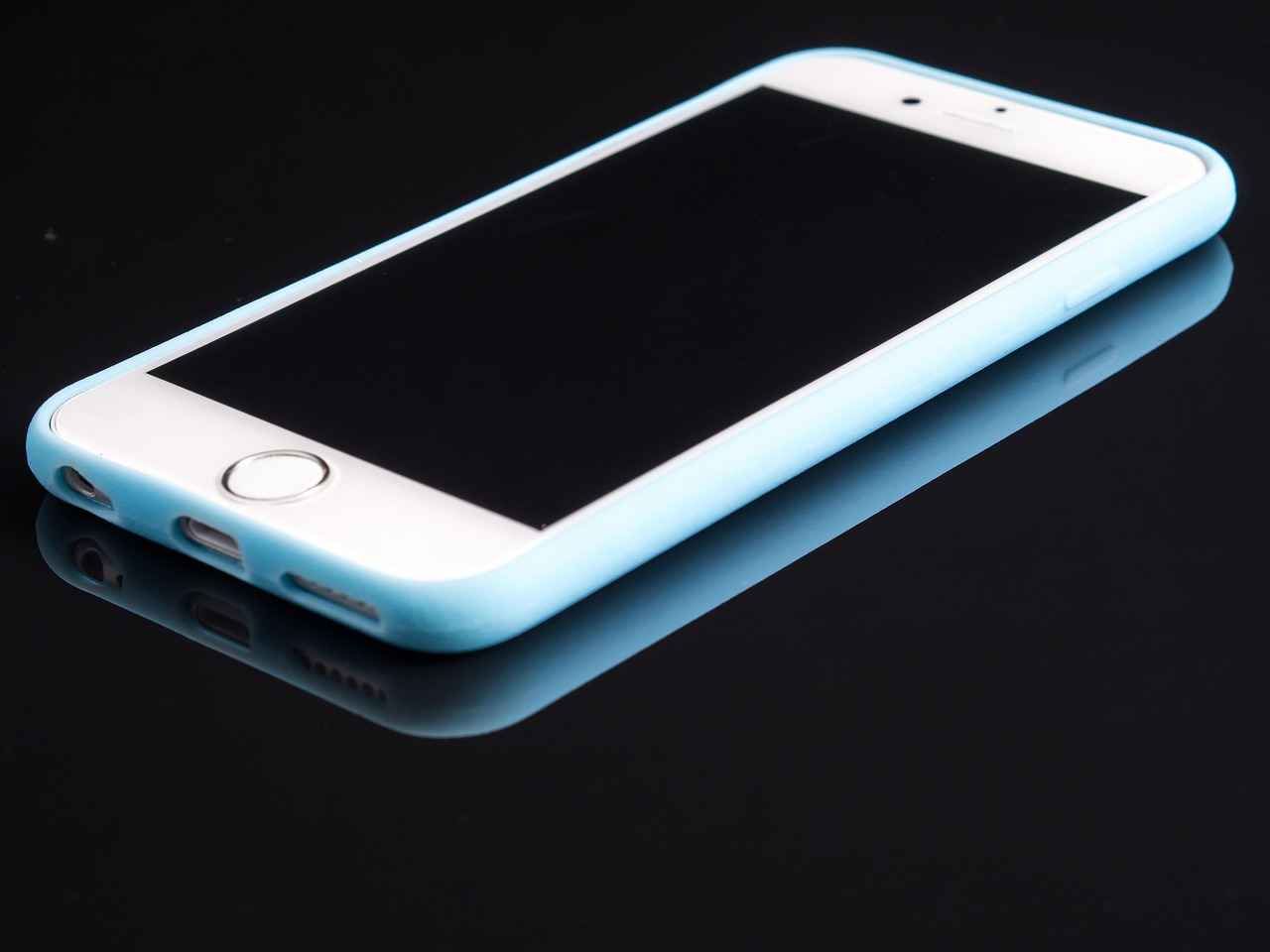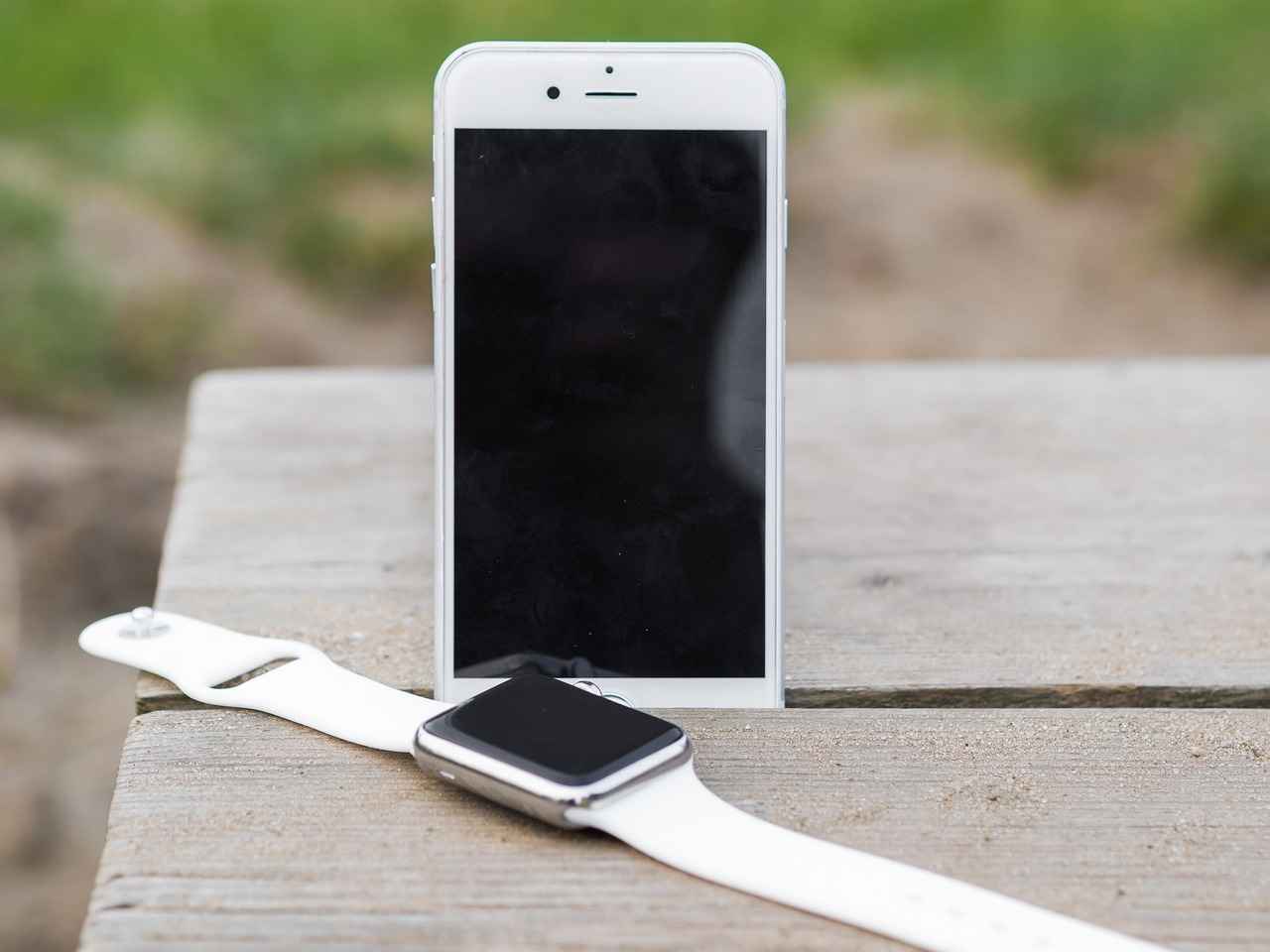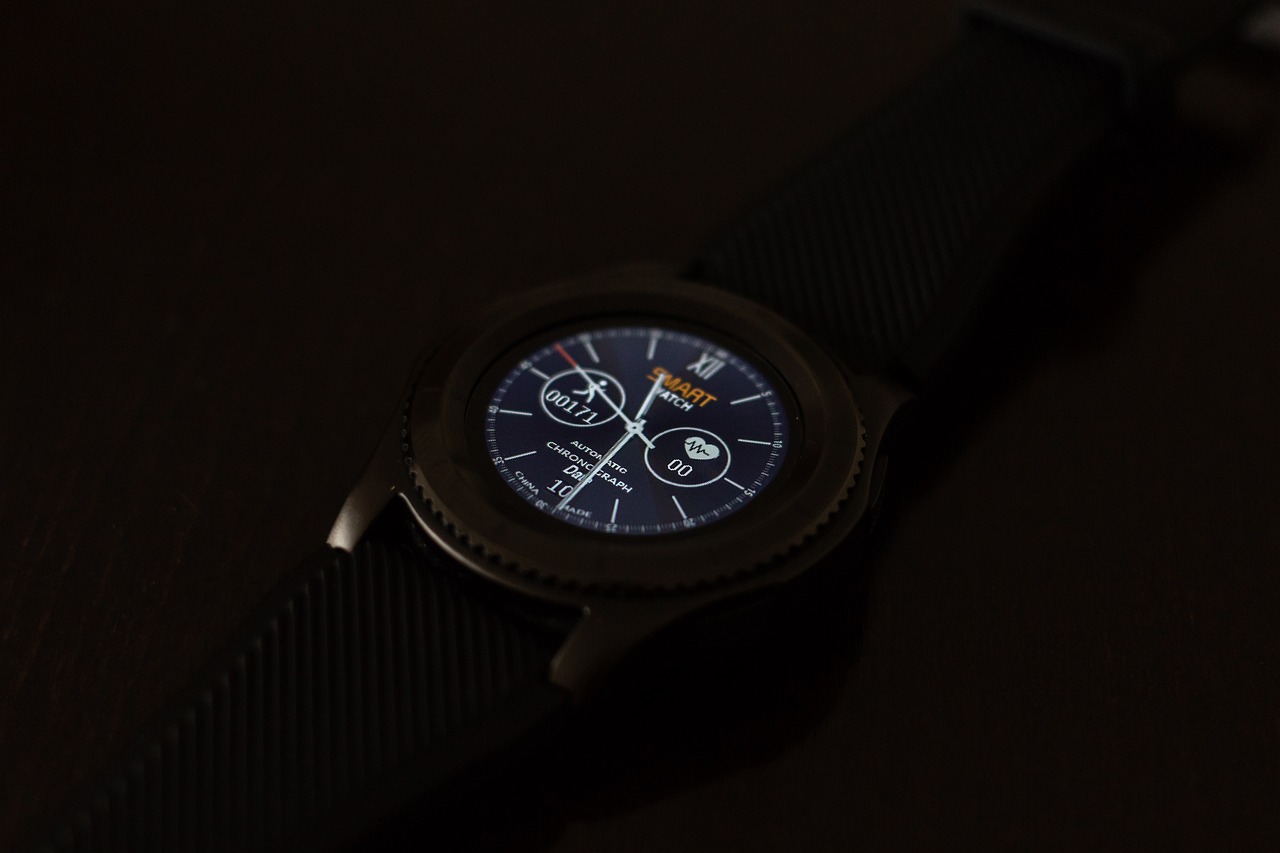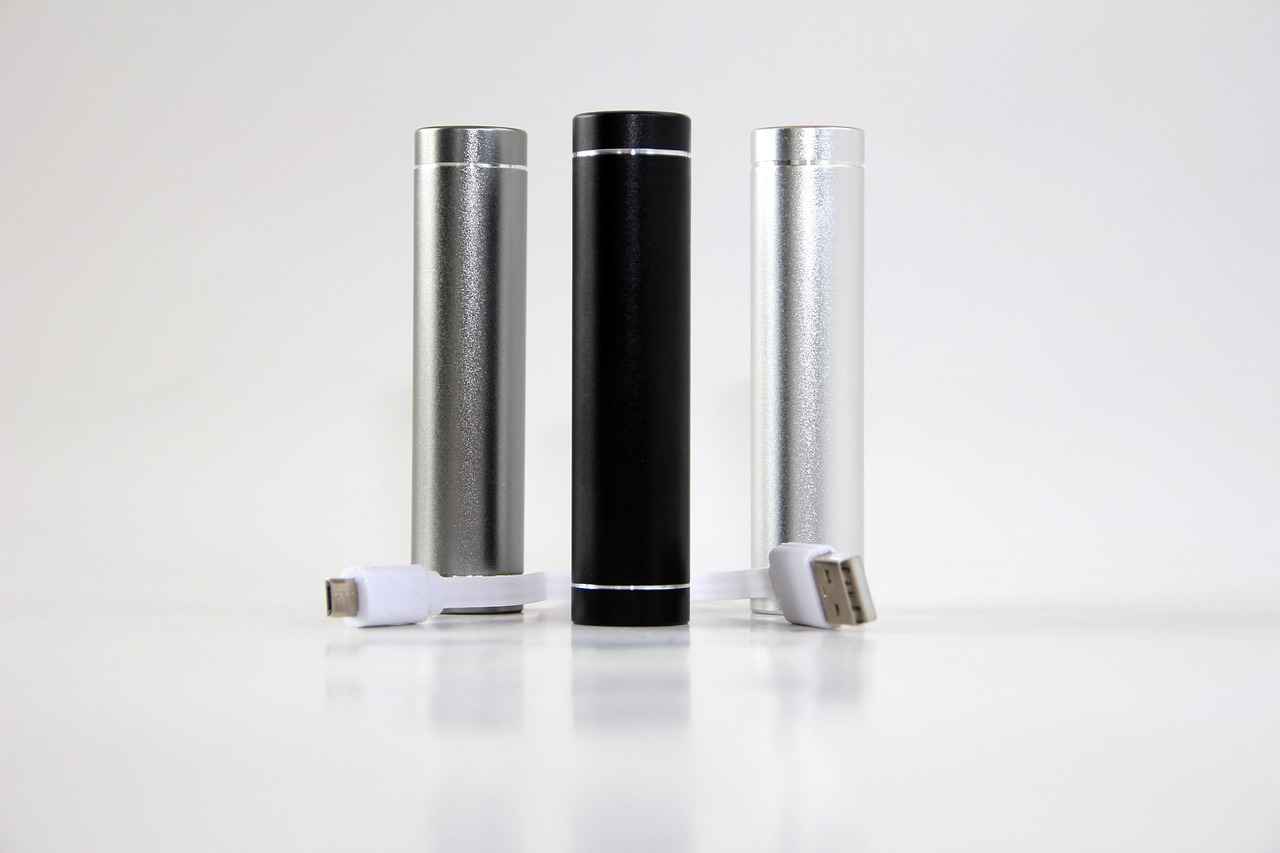This article provides a comprehensive guide on selecting the ideal smartwatch tailored to your fitness objectives. We will cover essential features, compatibility, and user preferences to enhance your workout experience.
Understanding Your Fitness Needs
Identifying your specific fitness goals is crucial. Assess whether you need a smartwatch primarily for tracking workouts, monitoring health metrics, or enhancing motivation. By understanding your fitness needs, you can make a more informed choice.
Key Features to Look For
Smartwatches come with a variety of features that can significantly impact your fitness journey. Here are some essential functionalities to consider:
- Heart Rate Monitoring: Vital for effective workouts, accurate heart rate tracking can influence your training intensity.
- GPS Tracking: Essential for outdoor activities, it provides precise location data for running, cycling, or hiking.
- Activity Logging: Helps you keep track of your daily activities and workouts.
Heart Rate Monitoring
Monitoring your heart rate is essential for optimizing your workouts. Accurate tracking allows you to adjust your exercise intensity based on real-time feedback, helping you achieve your fitness goals more efficiently.
Types of Heart Rate Sensors
Different sensors offer varying accuracy levels. You can choose from:
- Optical Sensors
- Chest Straps
- Wrist-Based Monitors
GPS Tracking Capabilities
For those who enjoy outdoor activities, GPS functionality is a must-have. It not only tracks your route but also provides data on distance and pace, enhancing your overall experience.
Compatibility with Fitness Apps
Choosing a smartwatch that integrates well with fitness apps is crucial. Popular apps like Strava, MyFitnessPal, and Fitbit can enhance your fitness journey through data analysis and tracking, making it easier to monitor your progress.
Battery Life Considerations
Battery life can significantly impact your smartwatch experience. Evaluate how long the battery lasts based on your usage patterns to ensure it meets your needs.
Design and Comfort
A smartwatch should be comfortable for daily wear. Consider the design, materials, and fit to ensure a pleasant experience during workouts.
Price vs. Features: Finding the Balance
Budget is a key factor in smartwatch selection. Analyze how to balance price with essential features to ensure you get the best value for your investment.

Understanding Your Fitness Needs
Understanding your unique fitness needs is essential for achieving your health and wellness goals. By identifying what you want to accomplish, you can select a smartwatch that caters specifically to your requirements. This section will guide you through assessing your fitness objectives, whether they involve tracking workouts, monitoring health metrics, or boosting motivation.
To begin, consider the following key aspects:
- Defining Your Goals: Are you aiming to lose weight, build muscle, improve endurance, or simply maintain a healthy lifestyle? Clarifying your goals will help you determine the necessary features in a smartwatch.
- Workout Tracking: If you engage in various activities such as running, cycling, or swimming, look for a smartwatch that provides comprehensive activity tracking. This includes metrics like distance, pace, and calories burned.
- Health Monitoring: Many smartwatches offer features like heart rate monitoring, sleep tracking, and stress management. These metrics can provide valuable insights into your overall health and help you make informed decisions about your fitness routine.
- Motivation and Accountability: A smartwatch can serve as a motivational tool, reminding you to stay active and set daily goals. Features such as reminders, challenges, and social sharing can enhance your commitment to your fitness journey.
Next, assess your personal preferences and lifestyle. Consider how often you will wear the watch and whether you need it to be waterproof or durable for outdoor activities. Additionally, think about how the watch integrates with your existing fitness apps and devices, as seamless connectivity can enhance your tracking experience.
In summary, a thorough understanding of your fitness needs will empower you to choose a smartwatch that not only tracks your progress but also supports your journey towards better health. By evaluating your goals, workout preferences, and motivation strategies, you can ensure that your smartwatch becomes a valuable ally in achieving your fitness aspirations.

Key Features to Look For
When selecting a smartwatch, it is essential to understand the key features that can significantly enhance your fitness journey. With the ever-evolving technology, smartwatches now come equipped with a plethora of functionalities. Here, we will explore some of the most important features that can aid in achieving your fitness goals.
- Heart Rate Monitoring: One of the most crucial aspects of fitness tracking is heart rate monitoring. This feature allows users to keep tabs on their heart rate during workouts, ensuring they are training within their optimal heart rate zones. Accurate tracking can help in adjusting workout intensity, leading to more effective training sessions.
- GPS Tracking: For those who enjoy outdoor activities such as running, cycling, or hiking, GPS tracking is indispensable. This feature provides precise location data, helping users map their routes, monitor distances, and gauge their performance over time.
- Activity Logging: A comprehensive activity logging feature allows users to track various fitness metrics, including steps taken, calories burned, and workout durations. By keeping a detailed log, individuals can monitor their progress and stay motivated to reach their fitness milestones.
- Sleep Tracking: Quality sleep is vital for recovery and overall health. Many smartwatches now include sleep tracking features, enabling users to analyze their sleep patterns and make necessary adjustments for better rest.
- Water Resistance: For fitness enthusiasts who enjoy swimming or outdoor sports, it is essential to consider a smartwatch with water resistance. This feature ensures durability and functionality even in wet conditions.
- Customizable Alerts: Smartwatches often come with customizable alerts for notifications, reminders, and calls. This feature helps users stay connected and organized without needing to check their phones constantly.
By understanding these key features, you can make an informed decision when choosing a smartwatch that aligns with your fitness objectives. Prioritizing functionalities that matter most to you will enhance your overall fitness experience.
Heart Rate Monitoring
Monitoring your heart rate is essential for optimizing your workouts and achieving your fitness goals. By keeping track of your heart rate, you can gain valuable insights into your exercise intensity and overall cardiovascular health. This section delves into the significance of accurate heart rate tracking and its influence on your training regimen.
Understanding your heart rate during various activities allows you to tailor your workouts effectively. For instance, exercising in specific heart rate zones can enhance fat burning, improve endurance, and boost overall performance. Here are some key reasons why heart rate monitoring is so important:
- Intensity Regulation: By knowing your heart rate, you can adjust the intensity of your workouts in real-time. This ensures you are neither overtraining nor undertraining, which can lead to injuries or hinder your progress.
- Personalized Training: Heart rate data enables you to create personalized training plans. By understanding your resting heart rate and maximum heart rate, you can set specific targets that align with your fitness goals.
- Recovery Insights: Monitoring your heart rate can also provide insights into your recovery. A consistently elevated heart rate during rest may indicate that your body hasn’t fully recovered from previous workouts, prompting you to adjust your training schedule accordingly.
- Health Monitoring: Regularly tracking your heart rate can help identify potential health issues. Sudden changes in your resting heart rate may signal underlying problems, allowing for early intervention.
Incorporating heart rate monitoring into your fitness routine can significantly enhance your workout effectiveness. Whether you use a smartwatch, fitness tracker, or chest strap, the data collected can guide you in making informed decisions about your training intensity and overall health. By prioritizing accurate heart rate tracking, you can take a proactive approach to your fitness journey.
Types of Heart Rate Sensors
When it comes to choosing the right heart rate sensor for your fitness journey, understanding the differences in technology is essential. Each type of sensor offers unique advantages and accuracy levels, making it crucial to select one that aligns with your specific needs.
Optical Sensors are commonly found in wrist-based monitors and smartwatches. They use light to measure blood flow and calculate heart rate. This technology is convenient for everyday use, as it allows for continuous monitoring without the need for additional equipment. However, the accuracy can fluctuate based on factors such as skin tone, movement, and the fit of the device. Generally, they provide a good balance between convenience and performance for most casual fitness enthusiasts.
Chest Straps, on the other hand, are known for their superior accuracy. These devices utilize electrical signals to measure heart rate directly from the heart, which results in more precise readings, especially during high-intensity workouts. Athletes and serious fitness enthusiasts often prefer chest straps for their reliability and real-time feedback. While they may be less comfortable for all-day wear, their performance during exercise is unmatched.
Wrist-Based Monitors offer a middle ground between optical sensors and chest straps. They are designed for users who want a balance of comfort and accuracy. These monitors often feature advanced algorithms to enhance their precision, making them suitable for moderate workouts. However, like optical sensors, they can be influenced by various external factors.
In summary, when selecting a heart rate sensor, consider your fitness goals and preferences. If you prioritize accuracy and are engaged in high-intensity training, a chest strap may be the best choice. For those who value convenience and daily monitoring, optical sensors or wrist-based monitors are excellent alternatives. Each type has its strengths, so understanding these differences will help you make an informed decision tailored to your fitness journey.
Real-Time Feedback
during workouts is a game-changer for fitness enthusiasts looking to enhance their performance. By receiving immediate data on your heart rate, you can make informed decisions about your exercise intensity, ultimately leading to more effective workouts.
When you engage in physical activities, your heart rate fluctuates based on the intensity of your workout. Real-time heart rate monitoring allows you to see these changes instantly, enabling you to adjust your efforts accordingly. For instance, if your heart rate is lower than your target zone, you can increase your pace or resistance to ensure you’re maximizing your calorie burn and cardiovascular benefits.
Moreover, immediate feedback can help prevent overexertion. If your heart rate spikes too high, it’s a signal to ease off and avoid potential injury or fatigue. This balance is crucial for both beginners and seasoned athletes, as it helps in maintaining a sustainable workout routine.
Incorporating real-time heart rate data into your fitness regime can also enhance your motivation. Seeing tangible results as you work out can encourage you to push harder and stay committed. Many smartwatches and fitness trackers now offer features that not only display your heart rate but also provide insights into your overall performance, allowing you to set and achieve goals more effectively.
Furthermore, many devices allow you to customize alerts based on your heart rate zones. For example, you can set reminders to increase intensity when you drop below a certain heart rate threshold or to cool down when you exceed a safe limit. This personalized approach can significantly enhance your workout experience.
In summary, leveraging real-time heart rate feedback is essential for anyone looking to optimize their workouts. By adjusting your intensity based on immediate data, you can maximize your results while ensuring safety and motivation throughout your fitness journey.
GPS Tracking Capabilities
When it comes to outdoor activities, the integration of GPS functionality in smartwatches is not just a convenience; it is essential for enhancing your overall experience. Whether you are running, cycling, or hiking, having access to precise location data can significantly improve your performance and safety.
Accurate Navigation: One of the primary advantages of GPS tracking is its ability to provide accurate navigation. This feature allows you to explore new trails or routes without the fear of getting lost. With real-time mapping, you can easily track your progress and adjust your path as needed.
Performance Metrics: GPS technology also offers valuable insights into your performance. By tracking your distance, speed, and elevation gain, you can better understand your physical capabilities and set achievable goals. For instance, knowing your pace during a run can help you manage your energy more effectively, ensuring you finish strong.
Safety Features: Many smartwatches equipped with GPS come with safety features such as location sharing and emergency alerts. These functionalities can be lifesaving, particularly when you are venturing into remote areas. You can share your location with friends or family, providing peace of mind during your outdoor adventures.
Route Planning: Some advanced smartwatches allow users to plan their routes ahead of time. This feature is particularly beneficial for cyclists and hikers who want to explore uncharted territories. By plotting your course before you start, you can optimize your journey and discover new paths that align with your fitness goals.
In summary, the inclusion of GPS tracking capabilities in smartwatches is a game-changer for outdoor enthusiasts. It not only enhances navigation and performance tracking but also adds a layer of safety that is crucial when exploring the great outdoors.
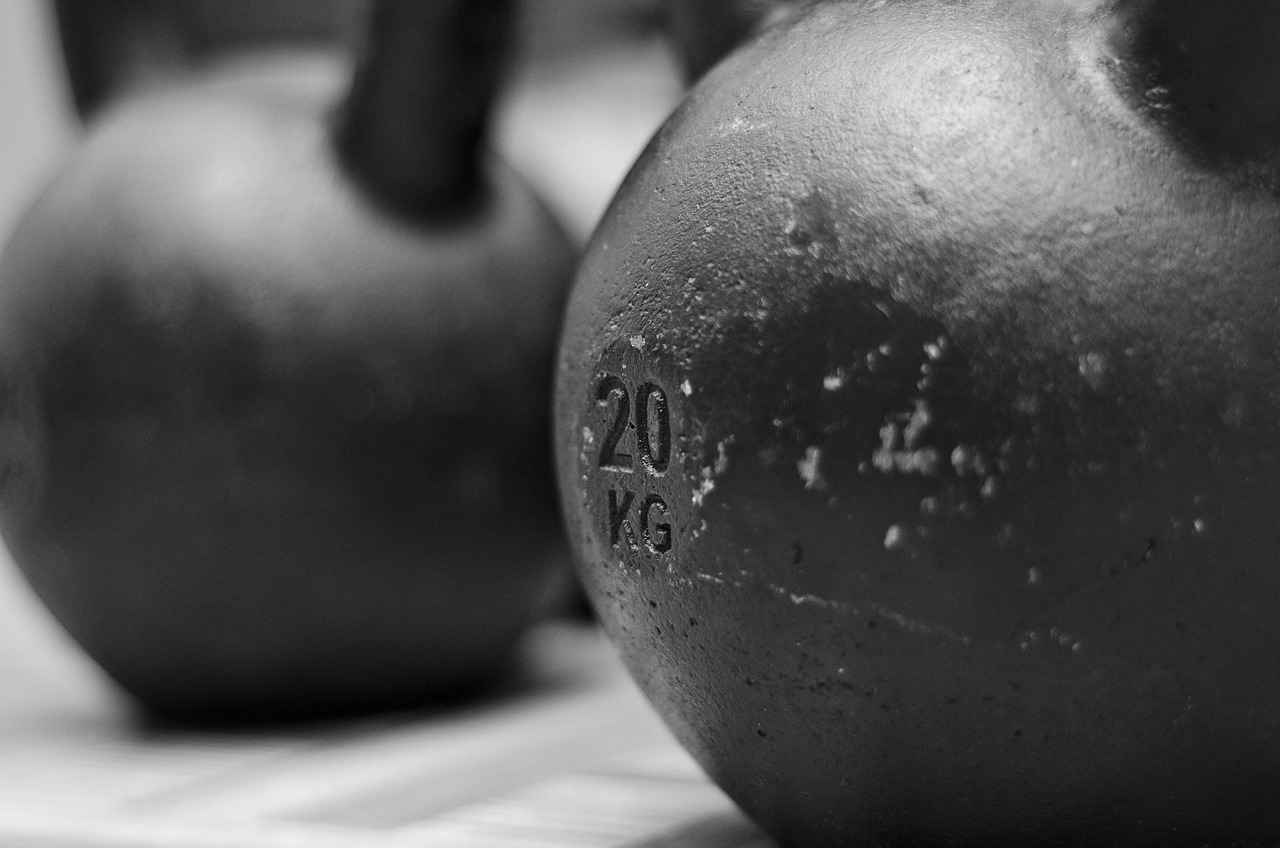
Compatibility with Fitness Apps
When selecting a smartwatch, ensuring it integrates seamlessly with various fitness apps is essential for maximizing your workout potential. The right combination can significantly enhance your fitness journey by providing valuable insights and data analysis. This section explores some of the most popular fitness apps available today and how they can complement your smartwatch experience.
Popular Fitness Apps
- Strava: Known for its robust community features, Strava is ideal for runners and cyclists. It allows users to track their performance, set goals, and share achievements with friends. Many smartwatches offer direct integration with Strava, enabling real-time tracking and updates.
- MyFitnessPal: This app focuses on nutrition and calorie tracking. By syncing with your smartwatch, you can monitor your caloric intake alongside your physical activity, helping you achieve a balanced approach to fitness.
- Fitbit: A leader in the fitness tracking space, Fitbit’s app provides comprehensive health metrics, including sleep analysis and heart rate monitoring. Most smartwatches are compatible with Fitbit, allowing for an all-in-one health management solution.
Data Syncing and Sharing
Efficient data syncing between your smartwatch and fitness apps is crucial for continuous tracking. Many smartwatches offer automatic syncing capabilities, ensuring that your workout data is updated in real time. This feature not only helps in maintaining accurate records but also allows you to share your progress with friends or fitness communities, fostering motivation and accountability.
Moreover, some apps provide challenges and competitions that can further enhance your fitness journey. By sharing your achievements, you can engage with others, making your fitness routine more enjoyable and encouraging.
In summary, choosing a smartwatch compatible with popular fitness apps can significantly enhance your workout experience. By leveraging these tools, you can gain deeper insights into your health and fitness, ultimately helping you reach your goals more effectively.
Popular Fitness Apps
In the realm of fitness technology, the right apps can significantly enhance your workout experience and help you achieve your goals. like Strava, MyFitnessPal, and Fitbit have gained immense popularity due to their robust features and user-friendly interfaces. These applications not only help in tracking workouts but also provide valuable insights into your overall health and fitness journey.
Strava is particularly favored by runners and cyclists. It offers advanced features like route tracking, segment challenges, and social networking, allowing users to connect with friends and share their achievements. Compatibility with various smartwatches, including Garmin and Apple Watch, ensures that users can access their data seamlessly, enhancing the overall experience.
MyFitnessPal excels in nutrition tracking. With an extensive database of food items, it helps users log their meals and monitor their caloric intake. This app integrates well with many smartwatches, allowing for easy syncing of activity data and dietary information. Users can set personalized goals and receive insights into their eating habits, making it a powerful tool for those looking to lose weight or maintain a healthy lifestyle.
Fitbit, on the other hand, provides a comprehensive health tracking platform. Its app syncs effortlessly with Fitbit devices, enabling users to monitor heart rate, sleep patterns, and physical activity. The app’s community features promote motivation through challenges and social interaction, making it easier to stay committed to fitness objectives.
When selecting a smartwatch, it is essential to consider how well it integrates with these popular fitness apps. The compatibility can greatly influence your ability to track your progress and achieve your fitness goals effectively. By leveraging the strengths of these apps, you can create a personalized fitness experience that keeps you engaged and motivated.
Data Syncing and Sharing
In today’s digital age, efficient data syncing is crucial for anyone looking to track their fitness journey effectively. A smartwatch is not just a timepiece; it serves as a powerful tool that can help you monitor your health metrics and achieve your fitness goals. This section will explore how to seamlessly sync your smartwatch with various apps and share your data with friends, creating a supportive environment that fosters motivation.
First and foremost, it’s essential to understand the syncing process. Most modern smartwatches are equipped with Bluetooth technology, allowing them to connect effortlessly to your smartphone. To get started, ensure that you have the corresponding app installed on your device, such as Fitbit, Apple Health, or Google Fit. Once installed, follow these steps:
- Open the app on your smartphone.
- Navigate to the settings menu and select ‘Connect Device.’
- Choose your smartwatch from the list of available devices.
- Follow the on-screen instructions to complete the pairing process.
Once your devices are synced, you can easily track your workouts, heart rate, and other health metrics in real-time. This integration allows for a more comprehensive view of your fitness progress.
Moreover, sharing your data with friends can significantly enhance your motivation. Many fitness apps offer features that allow you to connect with friends, share your achievements, and even participate in challenges together. This social aspect can create a sense of accountability and friendly competition, pushing you to reach your goals.
To share your data, simply navigate to the ‘Friends’ or ‘Social’ section of your fitness app and invite your friends to join. You can also share specific workouts or milestones on social media platforms, inspiring others to join in on your fitness journey.
In summary, syncing your smartwatch with fitness apps and sharing your progress with friends can greatly enhance your overall fitness experience. By leveraging technology effectively, you can stay motivated and accountable on your path to achieving your health and fitness goals.

Battery Life Considerations
Battery life is a critical aspect that can greatly influence your overall experience with a smartwatch, especially when it comes to fitness tracking. Understanding how to evaluate battery longevity based on your personal usage patterns and fitness routines is essential for making an informed choice.
When considering a smartwatch, it’s important to assess your typical daily activities. For instance, if you are an avid runner or cyclist, you may require a device with a longer battery life to support GPS tracking during extended outdoor workouts. Conversely, if your usage is more casual, such as checking notifications or tracking short workouts, a smartwatch with moderate battery life may suffice.
Factors Affecting Battery Life
- Usage Intensity: The more features you use, such as heart rate monitoring and GPS tracking, the quicker the battery will drain. It’s crucial to find a balance between functionality and battery longevity.
- Screen Brightness: A bright display can enhance visibility but significantly impacts battery life. Adjusting the brightness settings can help prolong usage.
- Connectivity: Constantly syncing with your smartphone or using Bluetooth can also drain the battery faster. Consider how often you need these connections active.
To evaluate the battery life of a smartwatch, check the manufacturer’s specifications and user reviews. Many brands provide estimates for battery life under different conditions, which can serve as a useful guideline. For instance, some smartwatches may last up to 5 days on a single charge with basic usage, while others might only last 24 hours with intensive features activated.
Furthermore, consider how often you are willing to charge the device. If you lead an active lifestyle, a smartwatch that can last multiple days without needing a charge can be a game-changer. Always think about your personal needs and how a smartwatch fits into your daily routine.
Ultimately, understanding the nuances of battery life will help you select a smartwatch that aligns with your fitness goals and enhances your overall experience.

Design and Comfort
A smartwatch should be comfortable for daily wear, as it plays a vital role in enhancing your fitness journey. The design, materials, and fit of the smartwatch significantly contribute to a pleasant experience, especially during workouts.
When selecting a smartwatch, it is essential to consider the following aspects:
- Design: The overall design should be appealing yet functional. Look for a sleek and modern aesthetic that complements your style.
- Materials: The materials used in the construction of the smartwatch can greatly affect comfort. Lightweight materials like silicone or breathable fabrics for straps can prevent irritation during prolonged use.
- Fit: A proper fit is crucial. The smartwatch should sit snugly on your wrist without being too tight or too loose. Consider adjustable straps or different size options to ensure a personalized fit.
Another factor to consider is the weight of the smartwatch. A lighter device is generally more comfortable for daily wear, especially during intense workouts. Additionally, features such as removable bands allow users to customize their watches for different occasions, enhancing both comfort and style.
Furthermore, some smartwatches offer ergonomic designs that conform to the natural shape of your wrist, providing a more comfortable experience. It is also worth noting the importance of water resistance and sweat-proof materials, which can enhance comfort during physical activities.
Ultimately, a well-designed smartwatch that prioritizes comfort will not only make daily wear more enjoyable but also encourage consistent use during workouts. This consistency can lead to better fitness outcomes and a more fulfilling health journey.
Choosing the Right Size
The size of your smartwatch plays a critical role in its usability and overall experience. Selecting the right size is not just about aesthetics; it significantly impacts comfort, functionality, and how effectively the device can assist in your fitness journey.
When choosing a smartwatch, it is essential to consider your wrist dimensions. To find the perfect fit, measure your wrist circumference using a flexible measuring tape or a piece of string. Once you have your measurement, refer to the manufacturer’s sizing guide, as sizes can vary between brands. Generally, smartwatches come in small, medium, and large sizes, and selecting a size that fits snugly without being too tight is crucial for accurate sensor readings and overall comfort.
In addition to wrist size, personal preferences play a significant role in the selection process. Some users prefer a compact design for everyday wear, while others may opt for a larger display for better visibility and functionality. If you frequently engage in outdoor activities, a larger watch face may enhance usability by providing clearer data at a glance.
Another factor to consider is the weight of the smartwatch. A lightweight watch can enhance comfort, especially during extended wear or workouts. Conversely, a heavier model may feel cumbersome, potentially distracting you during physical activities.
To further assist in your decision, consider trying on different sizes at a retail store. This hands-on experience allows you to assess how each size feels on your wrist and how it aligns with your lifestyle needs. Remember that the right smartwatch should seamlessly integrate into your daily routine, providing both comfort and functionality.
Ultimately, choosing the right size is about finding a balance between comfort, usability, and personal style. By taking the time to evaluate wrist dimensions and preferences, you can ensure a satisfying smartwatch experience that supports your fitness goals.
Style and Customization Options
Aesthetic appeal is an important aspect when selecting a smartwatch, as it allows users to showcase their unique personalities while meeting their fitness goals. Today’s smartwatches offer a variety of style choices and customization options that cater to different tastes and preferences.
- Watch Faces: Many smartwatches come with customizable watch faces, allowing you to choose designs that resonate with your personal style. Whether you prefer a classic analog look or a modern digital display, the options are extensive.
- Strap Variations: The ability to change straps is another significant customization feature. From sporty silicone bands to elegant leather options, users can easily switch straps to match their outfit or occasion.
- Color Choices: Smartwatches are available in a wide range of colors. Selecting a color that reflects your personality can make your fitness device not just functional, but also a stylish accessory.
- Personalized Notifications: Customizing alerts and notifications can enhance your user experience. Choose different tones or vibrations for various alerts, making it easier to distinguish between them while you’re on the move.
Moreover, many brands allow for third-party apps that enable further personalization. These apps can introduce additional watch faces, widgets, and functionalities that align with your lifestyle.
By combining functionality with aesthetics, smartwatches empower users to express themselves while maintaining their fitness routines. Embracing these style choices not only enhances your motivation but also ensures that your smartwatch is a reflection of who you are.

Price vs. Features: Finding the Balance
When it comes to selecting the perfect smartwatch, budget plays a pivotal role in the decision-making process. With a plethora of options available, it is essential to find a balance between price and features that align with your fitness goals and lifestyle. This section aims to guide you through the intricacies of making a wise investment in a smartwatch.
First and foremost, it is important to set a budget range. Determine how much you are willing to spend and stick to this figure. Smartwatches can range from affordable models to high-end devices, often with a significant difference in features. Understanding your budget will help narrow down your options effectively.
Next, consider the essential features you need. Not all smartwatches are created equal, and many come with functionalities that may not be necessary for your fitness journey. For instance, if you are primarily interested in tracking your heart rate and steps, investing in a high-priced model with advanced GPS and music storage capabilities may not be worthwhile. Create a list of must-have features and prioritize them based on your fitness objectives.
Additionally, look for value-for-money options. Some brands offer competitive pricing without compromising quality. Read reviews and comparisons to identify models that provide the best features for their price. Websites like consumer reports or tech review platforms can offer insights into the performance and reliability of different smartwatches.
Lastly, consider the long-term investment. A smartwatch with a higher upfront cost may offer better durability, longer battery life, and superior support for fitness apps, ultimately saving you money in the long run. Evaluate warranties and customer service options as these can significantly impact your overall satisfaction.
By carefully analyzing your budget and the essential features you require, you can make an informed decision that ensures you receive the best value for your investment in a smartwatch.
Frequently Asked Questions
- What features should I prioritize in a fitness smartwatch?
When choosing a fitness smartwatch, focus on features like heart rate monitoring, GPS tracking, and compatibility with fitness apps. These functionalities can significantly enhance your workout experience and help you meet your fitness goals.
- How important is battery life for a fitness smartwatch?
Battery life is crucial! A smartwatch with a longer battery life means you can track your workouts without worrying about recharging frequently. Look for models that offer at least a few days of use on a single charge, especially if you engage in long workouts or outdoor activities.
- Can I sync my smartwatch with popular fitness apps?
Absolutely! Many smartwatches are designed to sync seamlessly with popular fitness apps like Strava, MyFitnessPal, and Fitbit. This integration allows you to track your progress, analyze data, and share achievements with friends for extra motivation.
- How do I choose the right size smartwatch for my wrist?
Choosing the right size is all about comfort! Measure your wrist and compare it with the smartwatch dimensions. Many brands offer different sizes, so you can find one that fits snugly without being too tight or loose.
- Are there customizable options for smartwatch designs?
Yes! Many smartwatches come with various customization options, including interchangeable bands and watch faces. This allows you to express your personal style while staying committed to your fitness journey.

